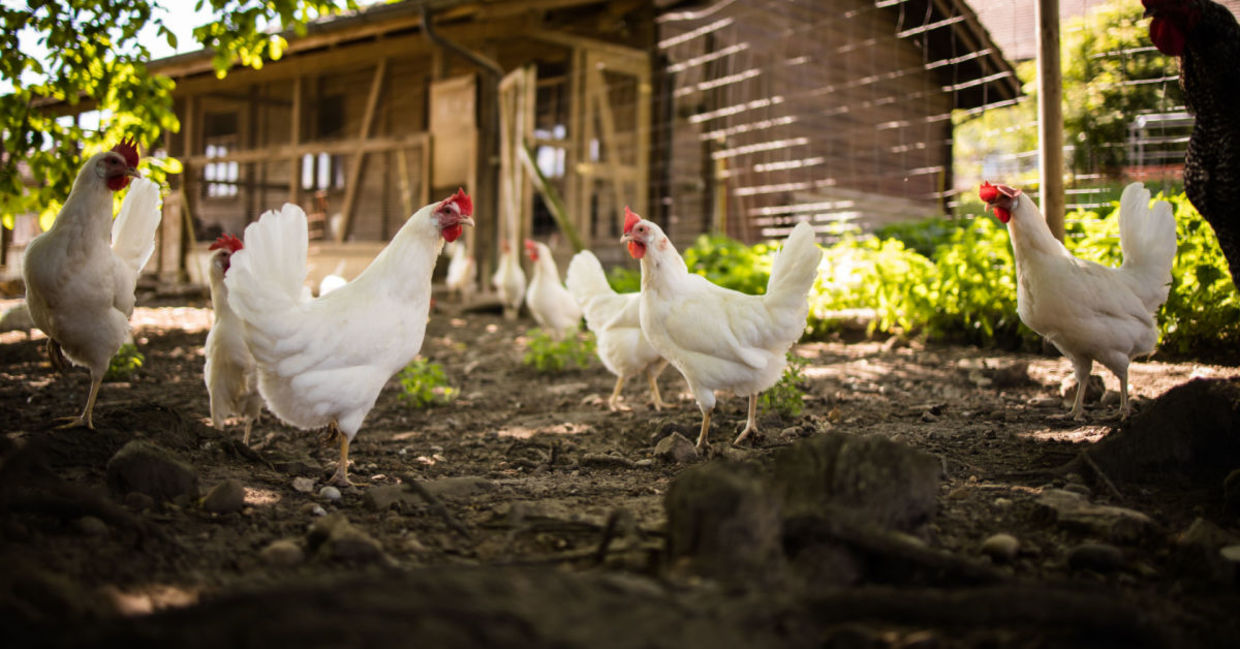
(l i g h t p o e t / Shutterstock.com)
Everyone has the ability to help heal our planet. It is simply about embracing a strong connection to nature. Regenerative agriculture is doing this, lighting the path towards nutrient-dense organic food and a healthier planet.
Regenerative agriculture is becoming a buzzword these days. With all the talk of climate change, global warming, air pollution, dwindling groundwater and topsoils, this type of farming can help solve major issues, according to one earth.
Such global issues are driving a need to improve the way we care for the land. Linley Dixon, a soil scientist and regenerative farmer, told one earth, “There’s so much doom and gloom around climate change, so if you can come up with a solution, it’s absolutely exciting.”
A holistic view of the world
This type of farming incorporates a holistic view of the world, focusing on the ecological system as a whole and not just the yield of crops, according to Sustainable America. Although there is no formal definition of this term, it includes the following ideas: improving the health of the soil; aiding carbon sequestration; integrating livestock into the field in a humane way; and encouraging biodiversity of plants.
On a regenerative farm, it is all about improving soil health. Planting cover crops and rotating crops feed and protect the soil. Using no-till techniques improves carbon sequestration and prevents erosion, while having animals graze on the land and using compost further help to enrich the soil.
In fact, if all farms around the world converted their pastures and fields into regenerative land, more than 100 percent of the planet’s annual CO2 emissions would be sequestered.
The way of our ancestors
This approach is not new scientific development—it is the way of our ancestors. For thousands of years, Indigenous Peoples, Native Americans, and People of Color have practiced this type of farming, working respectfully with nature as opposed to forcing the land to serve them.
It is all about honoring the land, especially the soil. A’dae Romero-Briones is a board member of the Regenerative Organic Alliance and is from the First Nations. She eloquently says, “The indigenous universal connection is the idea that you absolutely need to be part of the natural cycles around you. You need to become embraced in that system in order to create not only a health food system, but also healthy people, a healthy environment, and a happy mental state.”
How to embrace regenerative farming at home
You do not have to be a farmer to embrace this holistic approach and reduce your own carbon imprint. Practical suggestions from Thriving Earth Foundation include sharing this knowledge with family and friends. When more people are aware of regenerative farming, it could create a market demand to motivate framers to embrace this technique.
When you shop, be aware of how fruits and vegetables are grown and where clothing is made. You can also incorporate many soil amendment ideas into your own small garden.
Every small step goes a long way. It is about returning to “the garden” with a gentle and respectful touch. We all have the power to help heal this planet and it actually starts with the ground below your feet.
YOU MIGHT ALSO LIKE:
Regenerative Agriculture Can Restore Health to Our Soil
How Forest Gardens Create a Sense of Wellness and Community
How Permaculture Can Give Food Security to Future Generations







